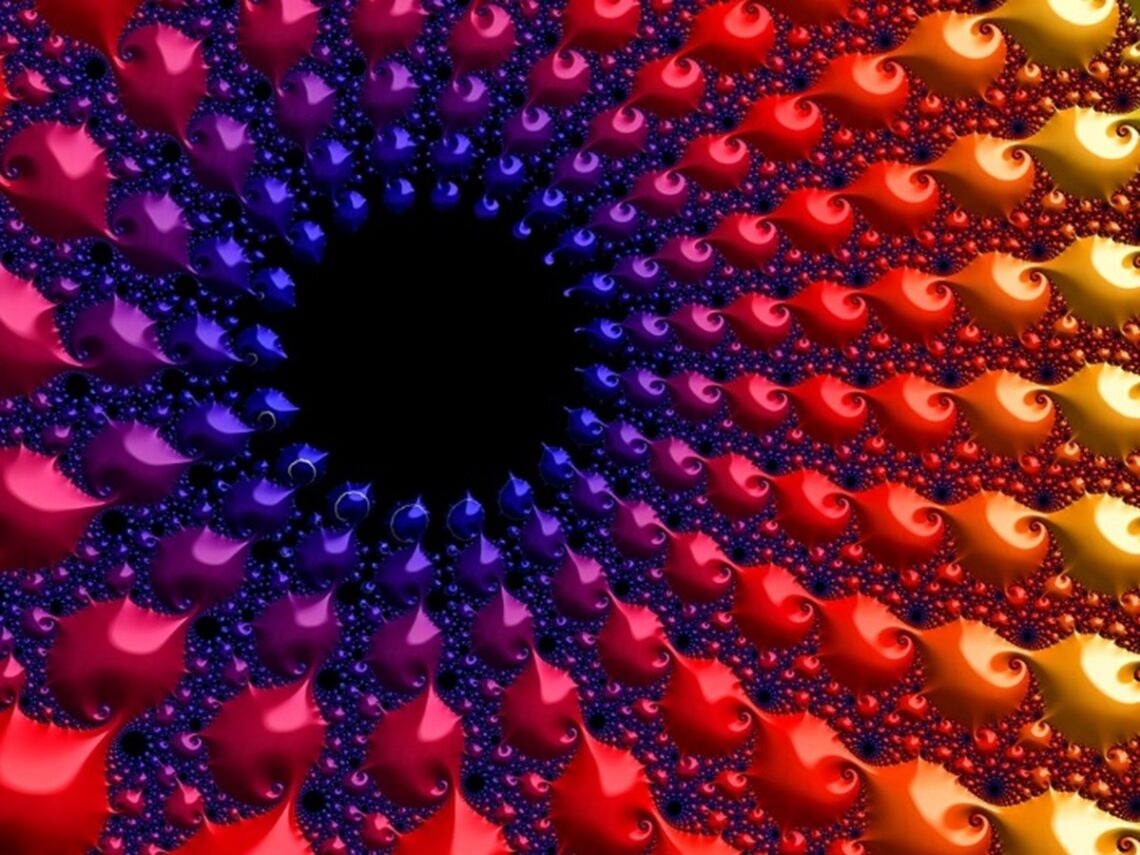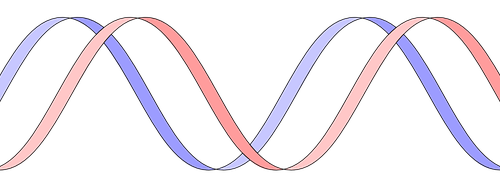December 2023 appears to have been an exceptionally busy and fruitful month in the China patent space. Following the State Council’s approval of the long-awaited Patent Law Implementation Regulations (“Regulations”, similar to the CFR in the US) in November, the CNIPA finally made public the full text of the Regulations just before the arrival of the New Year. At the same time, the CNIPA also released the new Patent Examination Guidelines (“Guidelines”, equivalent to the MPEP in the US), along with specific implementation dates and transitional methods. We will, over the coming period, undertake a detailed analysis and commentary on these amendments and their consequential impacts. Today’s article will focus…
-
-
China Proposes New Examination Guidelines for Utility Models
The Utility Model (UM) in China has always been a popular choice for patent filing due to its relatively low cost and speed of prosecution. The UM prosecution only includes a preliminary examination, which is essentially a mini (stripped down) version of an invention application’s substantive examination.[1] With the simplified examination process, UMs are typically granted without issue. Unfortunately, this may soon not be the case anymore. Heightened Inventiveness Standard + Formal Search The CNIPA[2] has recently published an official letter in response to a Proposal from a CPPCC member regarding problematic patents and malicious competition based thereon in the lithium battery industry.[3][4] The key messages stated in these letters…
-
Compositions Limited by Use: A Cautionary Tale
Section 4.2.3, Part II Chapter 10 of the CNIPA’s Examination Guidelines (“Guidelines”) stipulates that if the specification only discloses one property or use of a composition, the composition claim shall be drafted as a “composition limited by the function or the use”. Furthermore, it specifically states that “most pharmaceutical claims shall be drafted as claims limited by use” (emphasis added). Note: this rule only applies to compositions claims, not composition of matter claims directed towards a single active ingredient. Compositions are defined as any combination/mixture of two or more components, such as pharmaceutical formulations (active ingredient + excipients) or mixtures of various ingredients. How does the Examiner determine whether there…







